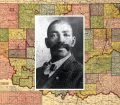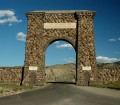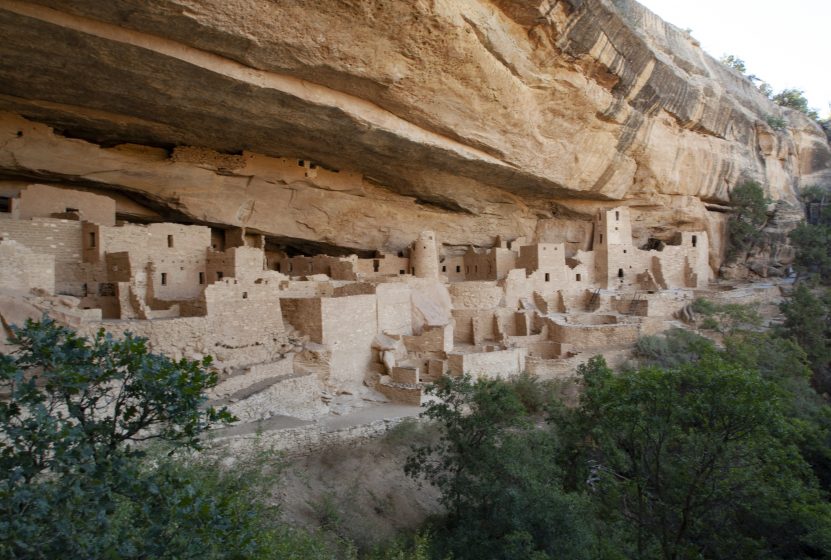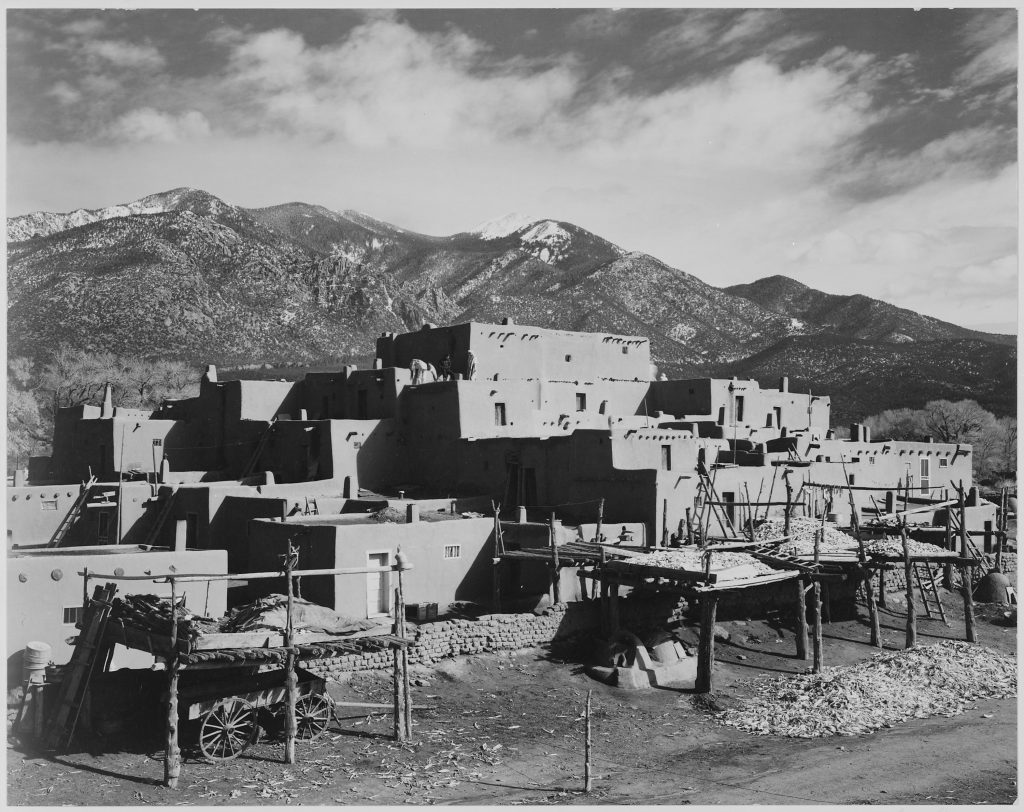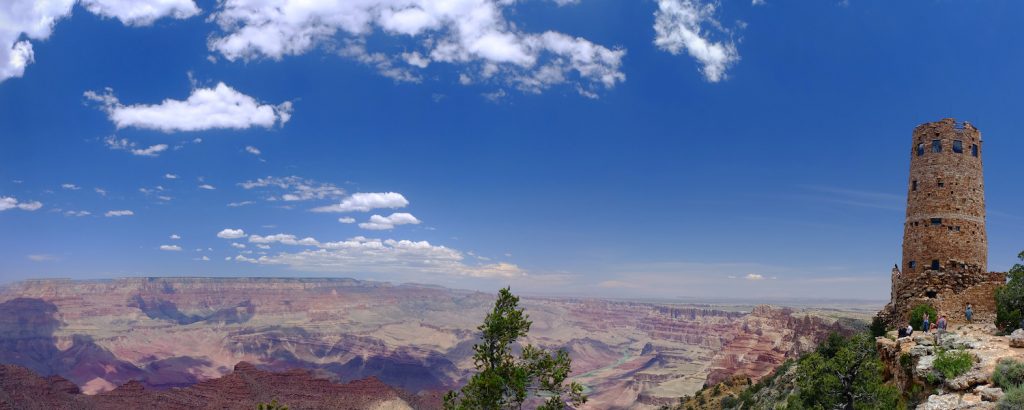The American Southwest is often associated with images of canyons, cacti, and mesas. But it is also known for its ancient and iconic Pueblo settlements. These unique structures were the homes of Native American peoples who lived in the area for thousands of years, and they remain an essential part of the region’s history and culture today.
“Pueblo” is Spanish for “village,” and it was the early Spanish explorers who discovered these cliff-dwelling settlements in the 16th century. The Native Americans who built the pueblos, however, had lived in the area for thousands of years before Europeans arrived.
Archaeological evidence suggests that the earliest Pueblo settlements date back to around 750 AD and was built by the Ancestral Puebloans, also known as the Anasazi, in what is now New Mexico, Colorado, Arizona, and Utah. These early pueblos were often constructed on cliff faces, providing natural shelter and protection from the elements.
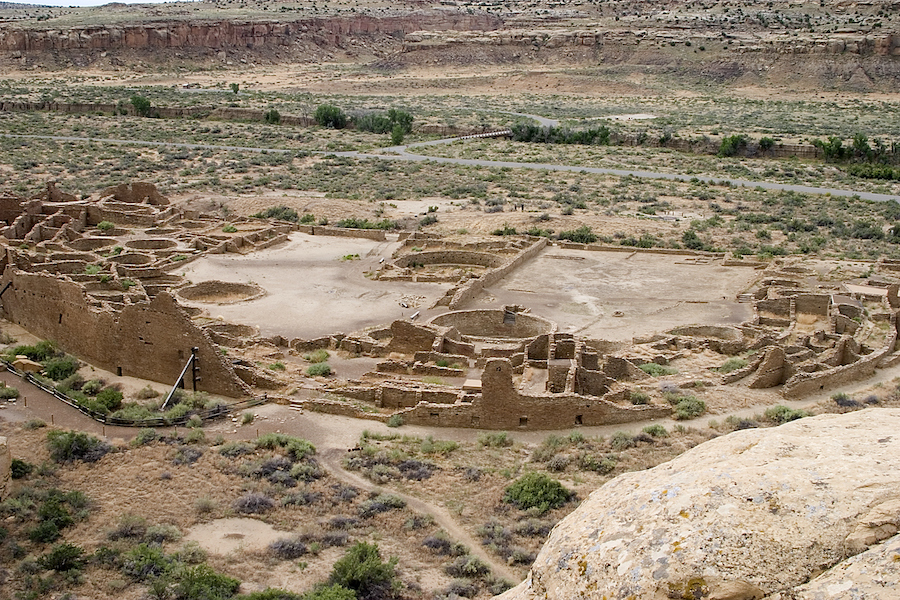
Over time, the Ancestral Puebloans began constructing more extensive and complex structures, often using adobe, a type of clay brick, to create multi-story buildings. Adobe construction provides natural insulation to keep the buildings cool during hot desert summers and retain heat during the winter. These buildings also served essential social and cultural functions.
They were often built near vital resources like water and fertile land and served as centers for trade, religious ceremonies, and other communal activities.
The Pueblo settlements were designed with defense in mind. The buildings were made of adobe bricks, providing a strong and durable material that could withstand attack from arrows, spears, and, later, bullets. Pueblo buildings were often constructed on high cliffs or mesa tops, providing a natural defensive advantage.
Raising or lowering ladders controlled access to settlements and buildings and served as an additional deterrent to outside attackers. Pueblo residents also used other strategies to defend their communities, such as digging shallow pits or trenches around the settlement’s perimeter and using natural landscape features to their advantage.
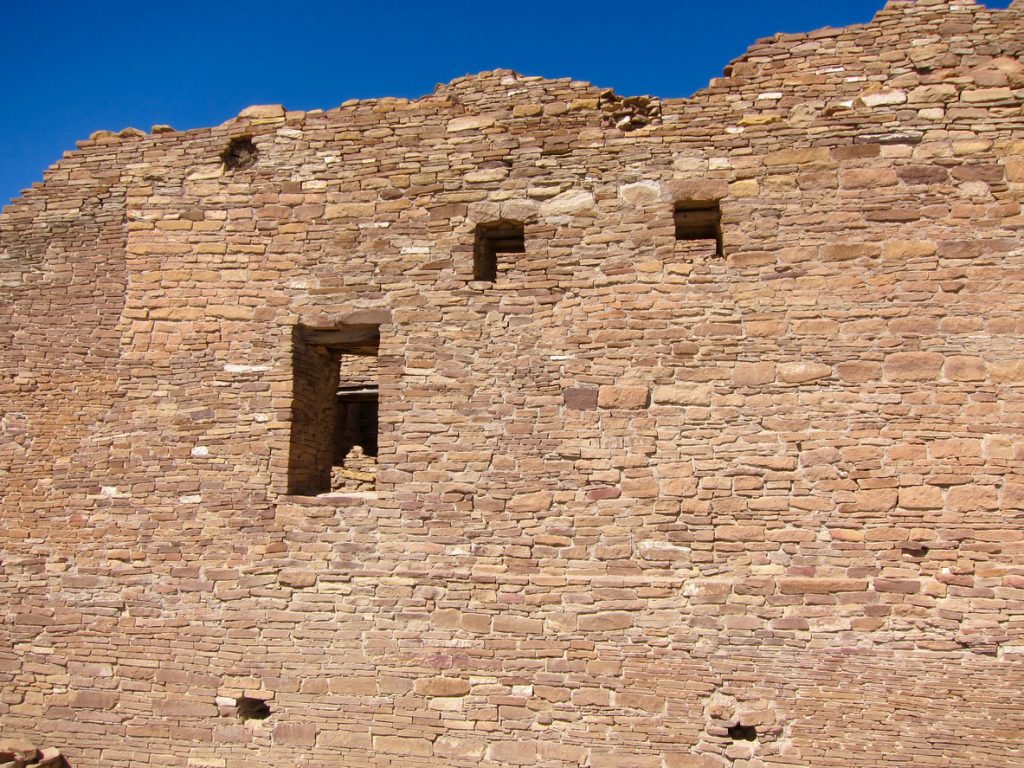
In addition, Pueblo residents had a well-organized system of defense. They often formed alliances with neighboring Pueblo settlements. They would send out signals, such as smoke signals or drum beats, to call for assistance in the event of an attack. Pueblo settlements also had a system of watchtowers, where people could keep watch for approaching enemies and alert the rest of the community.
Although many of the Pueblo settlements were abandoned by the Ancestral Puebloans around 1300 AD, their architectural significance remains. The largest Pueblo “great house” is in the Chaco Culture National Historical Park in northern New Mexico. The house was built in stages between AD 850 to AD 1150 and is considered the Chacoan equivalent of Stonehenge or Machu Picchu.
Today, 21 federally recognized pueblos are located throughout New Mexico, Texas, and Arizona. Many Pueblo settlements have been restored and are open to visitors, including New Mexico’s Taos Pueblo and Acoma Pueblo.
Pueblo peoples continue to maintain their cultural heritage, with many communities still living in buildings made of adobe, wood, and mud roofs. Their traditions and way of life have been passed down through generations, and the Pueblo settlements remain an essential part of their cultural heritage.
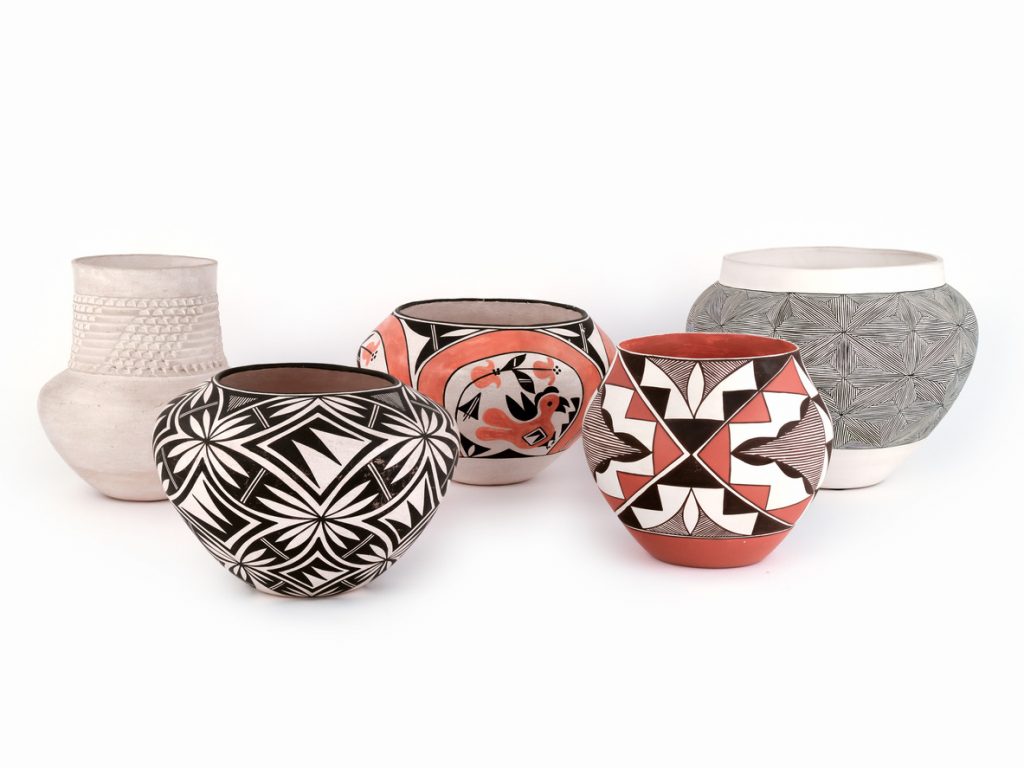
Pueblo settlements are also known for their artistic traditions, notably pottery, with some of the earliest known examples dating back over 2,000 years. Artists used a coil-and-scrape technique, where long, thin clay coils are shaped and smoothed to create the desired form. The pottery is then fired in an outdoor kiln, often fueled by cow manure, which gives the finished pieces their distinctive black-and-white coloring. Other styles were brightly painted using natural pigments such as iron oxide.
Each Pueblo and individual artist had distinct styles which help archaeologists track the ancient trade routes of Pueblo culture.
Another vital art form for Pueblo people is weaving. Pueblo weavers create intricate patterns on rugs and blankets using traditional techniques passed down through the generations. They often use natural dyes made from plants, such as indigo, cochineal, and sumac, to create vibrant colors.
Despite their rich cultural traditions, Pueblo communities have faced many challenges over the centuries. European colonization in the 16th century brought new diseases, such as smallpox, that decimated the population. The forced relocation of Pueblo people to reservations in the 19th century disrupted traditional ways of life and caused many to lose their connection to their ancestral lands. Today, many Pueblo communities still face poverty and limited access to resources, but they continue to work to preserve their culture and way of life.

